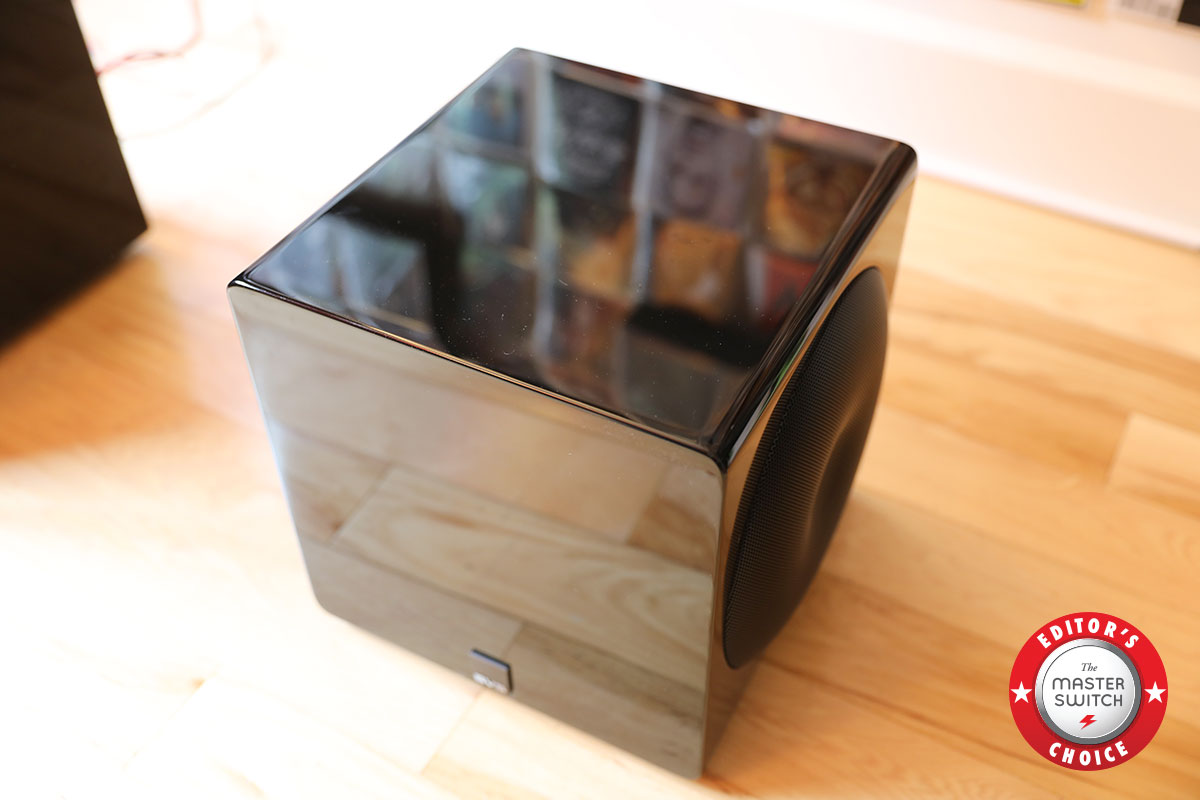
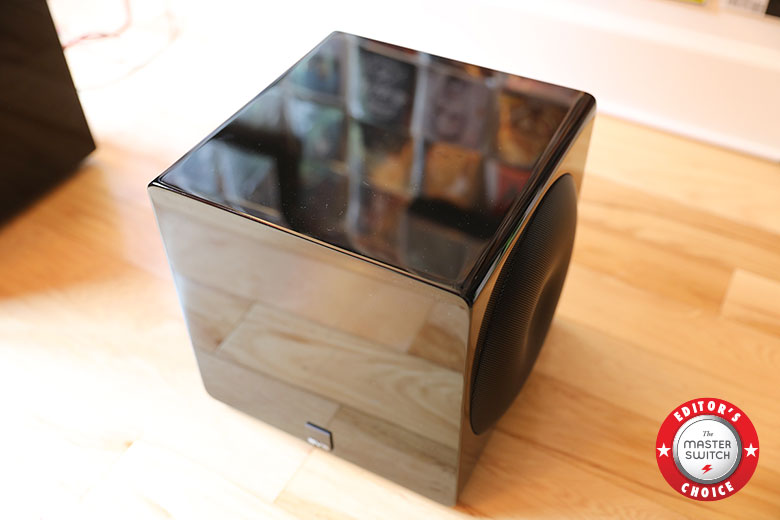
The Master Switch


The Master Switch
Bass lovers swear by bigger subwoofers. The bigger the cabinet, the bigger the driver, and the bigger the wattage. More wattage equals more air moved which equals bigger bass. SVS, the Ohio-based speaker-maker decided that this wouldn’t do. Big subs are fine, except for the fact that most people don’t live in spaces that can handle them. A micro-sub was the answer...but could they get big power and sound of it? We’ve just spent a few weeks with the SVS 3000 Micro, and the answer is a resounding yes.
| Price | RMS* | Driver | Direction | Freq.** | Dimensions |
|---|---|---|---|---|---|
| $900 | 800 | 2 x 12" | Side-Firing | 23-240Hz | 10.9" x 11.7" x 10.7" |
*RMS = RMS Wattage
**Freq. = Frequency Range
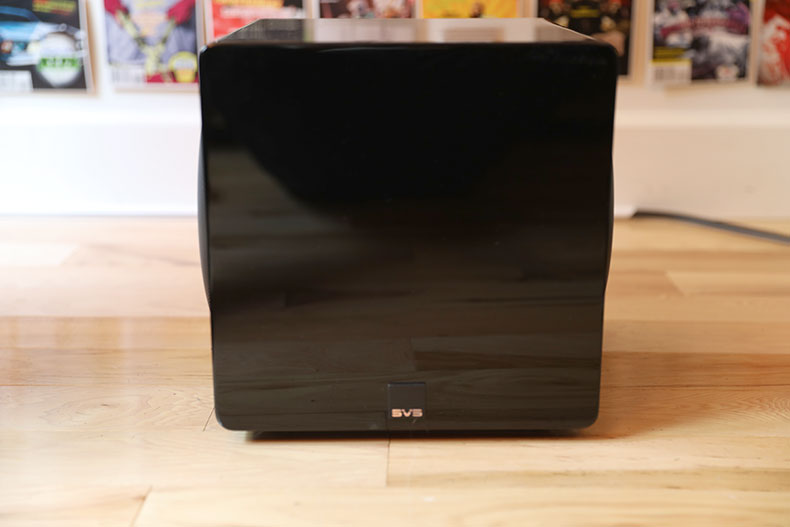
Most SVS subs look very similar, with just the size differing between them. Big black housing, single front-mounted driver, maybe the odd bass port. And while the 3000 Micro isn’t a radical departure for the company, in terms of looks, its design is vastly different to the models that came before.
Very obviously, the 3000 Micro is tiny—in subwoofer terms at least. It measures 10.9" x 11.7" x 10.7", about the size of a couple of stacked shoeboxes). That tiny size means a smaller driver, and so the clever clogs at SVS thought: why settle for one? Instead of the single front-mounted driver seen on other SVS subwoofers like the SB-1000 Pro (full review here), you get two side-mounted, grille-covered 8” drivers. We talk about the technology to make these work below, but it’s a striking look. That’s if you decide to put it in the line of sight; the small size means you could theoretically place the sub somewhere innocuous. That’s simply not possible with larger subs. Even the SB-1000 Pro, which is itself a small sub, is almost 3” longer, wider, and higher. Just check out the size difference in the pic below.
We really can’t emphasise just how unusual it is to find a capable subwoofer this size. There’s only one other model that we think qualifies: the KEF KC62, a micro-sub that is in fact slightly smaller than the 3000 Micro. But it’s also significantly more expensive at around $1,500. That SVS have managed to squeeze this much technology into this tiny a package, and keep the price under $900, is nothing short of extraordinary.
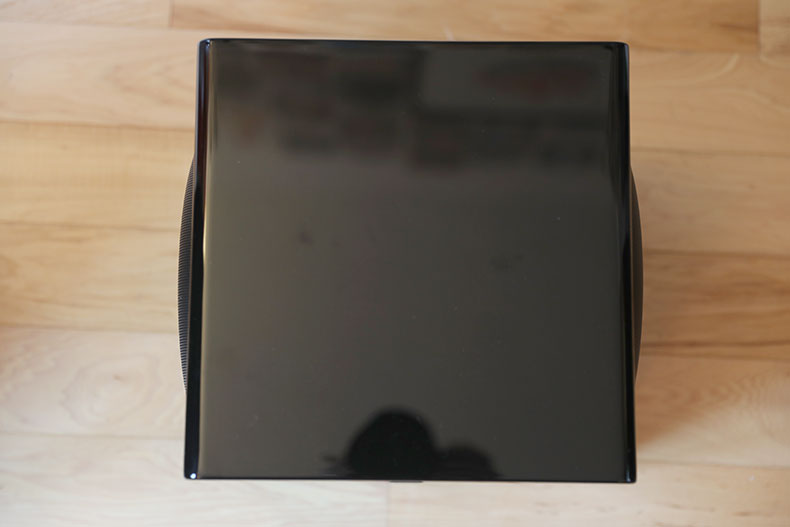
We also don’t think it’s a coincidence that both SVS and KEF have both come out with Micro sub woofers at the same time. Almost all music streaming services are now launching higher quality tiers, and there’s been a significant overall boom in the sale of quality hi-fi gear over the past year. It’s a rare positive outcome of the dratted Covid19 pandemic: with people confined to their homes, there’s been a renewed interest in hobbies like hi-fi. Listeners want to experience subwoofers, but what hasn’t changed is the size of their living spaces. For most people, that’s a small apartment. There is clearly a market for smaller, more compact subwoofers, and we don’t think SVS and KEF are going to be the last companies to take advantage of the trend. Expect to see many more micro subwoofers on the market soon.
Most SVS products offer a few color and finish options: black and white, and matt or glossy. The 3000 Micro comes only in glossy black. It’s a finish that can really pick up fingerprints if you’re not careful, so bare that in mind before you buy.
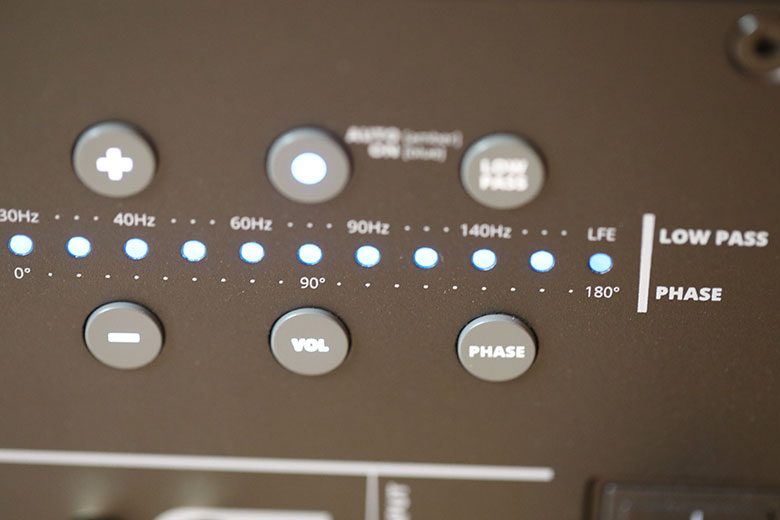
Digital controls used to be the domain of bigger SVS subs, like the SVS SB-3000 (full review here). They now extend to all models in the company’s range, and that’s a very good thing. A line of context-dependant blue lights sits on the rear of the sub, and you can control volume, phase, and crossover point, all with a few button presses. It’s one of the simpler and more intuitive control schemes we’ve come across, and we think it’s a joy to use.
Digital control is also available via the companion app (iOS/Android). In every review of an SVS product, we find ourselves saying the same thing: the app itself is excellent, but only if you really know what you’re doing. It’s too fully-featured for beginners, and while it gives easy access to key parameters, it doesn’t bother to fully explain any of its features. That’s a real shame, and something we’d like to see the company rectify at some point.
Then again, it’s worth noting that very few models in the sub-$1,000 have any sort of app at all. Even more expensive subs, like the Aperion Bravus II 12D, lack this feature. But SVS have always been good at squeezing the most value from their kit, and while we have some issues with the app, we did enjoy having it on hand to play with.
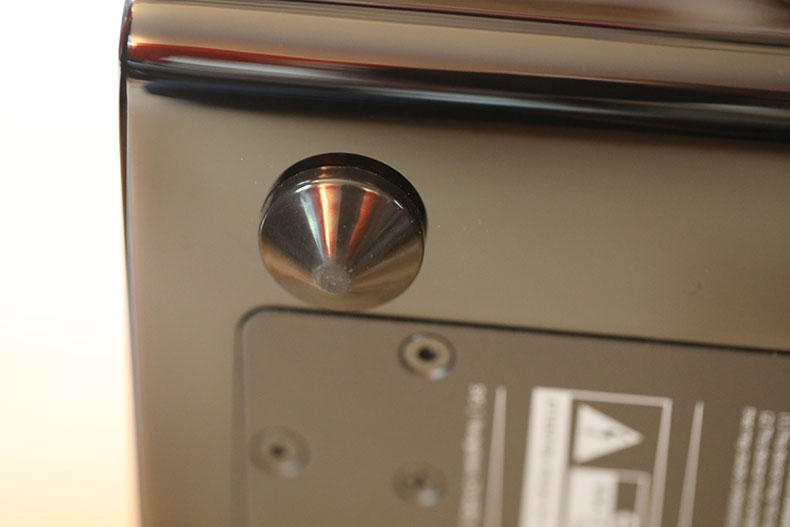
Most SVS subwoofers come with a removable grille and a set of screw on isolation feet. That’s not the case here. There’s no need for grilles, which are pre-installed and not removable, and a set of four isolation feet also come attached. Outside of a barebones manual and a power cable, there are no accessories here at all. We don’t think that’s necessarily a bad thing. This is a subwoofer designed for simplicity and ease-of-use, and not having to fuss around with any additional accessories is a plus.
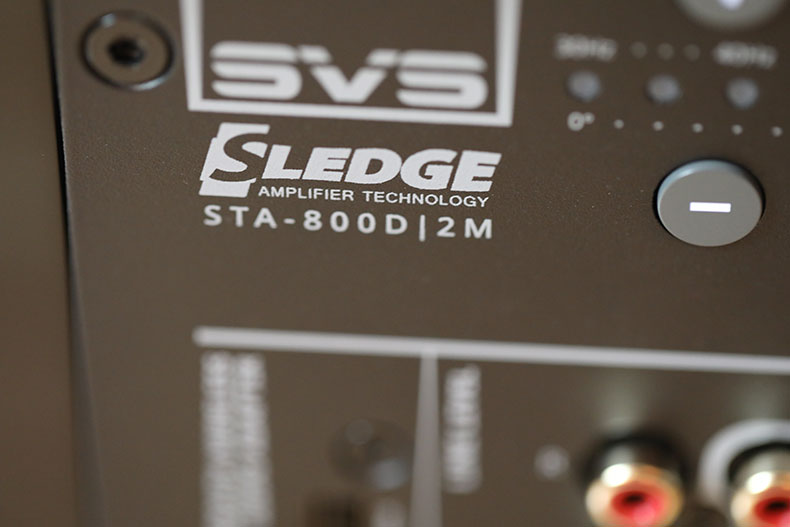
It’s worth talking a little bit about the technology that powers the SVS 3000 Micro. To fit the power and sound quality they have in such a small frame, SVS needed to overcome some serious design challenges. Instead of a single driver, the company has used two 8” drivers to get the job done. These, as we’ve already mentioned, are positioned on either side of the cabinet, and they move in unison. It takes a fair amount of R&D to make that happen, but it solves a particular problem that smaller subwoofers have always had.
When you turn up the volume, smaller subwoofers quite literally move. They bounce dance across the ground, propelled by the fact that all that air is moving the cabinet. But with the design SVS have used, the mechanical energy cancels itself out as the two drivers move in sync. That means that the cabinet is, for all intents and purposes, inert. Not only do you get better sound quality, but you don’t have to worry about running after your subwoofer with a butterfly net. We think that’s a good thing. You can read a little more about the technology here.
It also helps that the amplifier used in the subwoofer is one that has its origins in the company’s more expensive models. The Sledge STA-800D2 amplifier, and its accompanying DSP, really and truly turn this subwoofer from a good model into a great one other subwoofer manufacturers might be able to produce models with more power and better sound quality, but nobody can compete with SVS for digital smarts. They really are the best out there.
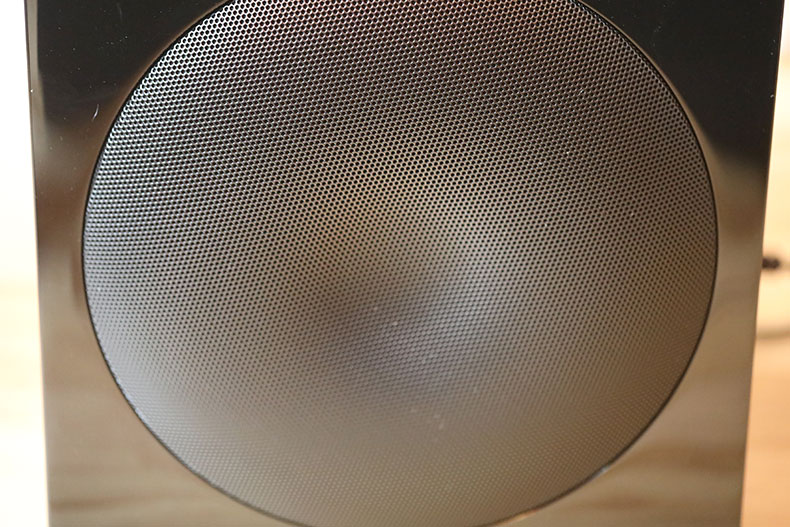
As with all subwoofers that pass through our doors, the first thing we did is connect the 3000 Micro up to our home theater testing setup and crank up the volume. To say that it seriously impressed us would be an understatement.
We have a small selection of Dolby Atmos movies and series that we used to test our systems, including Jurassic World: Fallen Kingdom, and Game of Thrones. The latter’s Battle of Blackwater, in particular, is great for testing low end thump and push. It’s a battle where one side essentially uses a mediaeval version of napalm, known as wildfire. Our main speakers gave us the crackle and fizz as the flames spread, but we also felt the rushing suck of air, the low end energy filling the room. And the most extraordinary thing was that it was all coming from a single box measuring a little more than 10 inches on each side.
We don’t want to overstate things here. This is a micro subwoofer, after all, and if you put it up against a monster like the Power Sound Audio S3612, which is double the size and triple the price, it’s going to lose. But we just couldn’t believe how much energy it gave the soundtrack, how much verve and life low end suddenly had. We have tested nearly all of SVS’s subwoofers, and while almost all of them impressed us, we don’t think we’ve ever been as slack-jawed with awe as we were at this model. It really is special. And thanks to its small size, it slots in just as well in basic 5.1 systems as it does in larger Dolby Atmos setups.
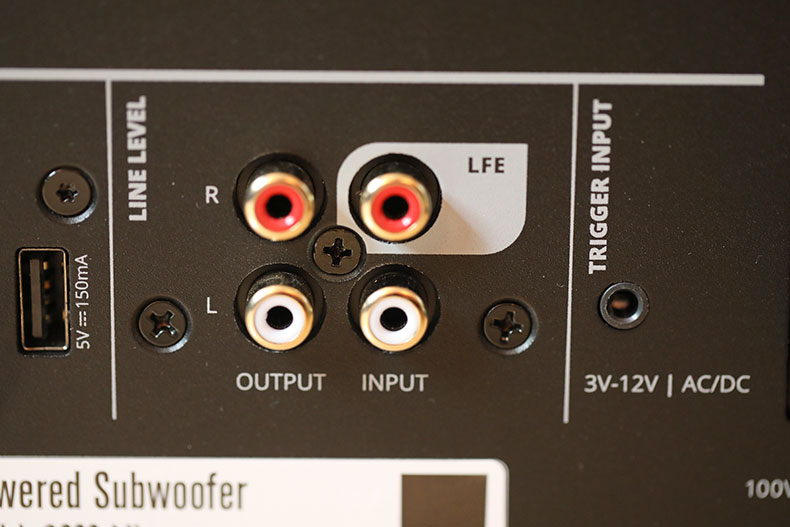
We fully expected musical output to be equally as satisfying, and we were not disappointed. If you haven’t gotten the message already, this is one punchy, powerful, exciting, king hell monster of a little subwoofer, and it makes mincemeat of any music you feed it.
With all our subwoofer tests, we like to try out a little metal. It’s a genre with a confused, complicated bottom end, with so much sludge and wash from the guitars that a bad sub can often overwhelm things, leaving you with mush. Not the 3000 Micro. It delivered precision when it was needed, and never let the amount of energy it can deliver get in the way. It practically begged us to drive it harder. While listening to movies, it felt calm and in control, but music really felt like what the sub was born to do. In our two-channel system, it just crushed it. More expensive subwoofers, like the $999 Aperion Bravus II 12D we had in recently, simply didn’t impress us anywhere near this much.
Subwoofers can be irritating. They are among the toughest components to integrate into a system, and their omnidirectional sound can mean long periods of testing to find the best spot. Right now, the best advice anyone has for positioning is to put the sub in your listening position, then crawl around on the floor to find the spot with the best bass. Companies like KEF have tried to solve this—their KC62 subwoofer comes with some very handy room presets. But mostly, subwoofers are hard going. So why does the 3000 Micro feel so easy? So welcoming? It felt relaxed towards positioning, those twin drivers working beautifully no matter where they were placed in the room. For smaller systems and smaller rooms, this is the subwoofer to go for. It performed magnificently.
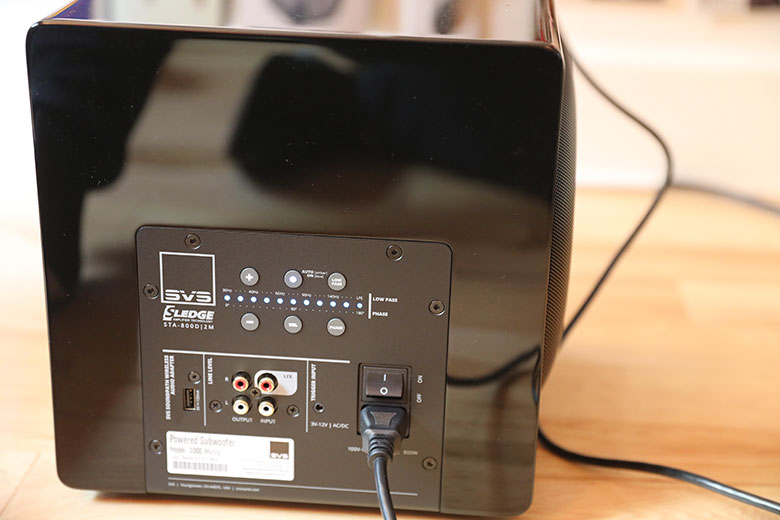
But here’s the thing that really blew us away with the Micro. It puts out 800 watts of RMS power, and 2,500 watts peak.
Do you understand how ridiculously overpowered that is for a subwoofer this size? For comparison, the slightly bigger SB-1000 Pro can manage a wimpy 325 watts RMS. The far more expensive SB-3000 can just about squeak out the same numbers, despite being much larger and more expensive. The aforementioned Aperion subwoofer? 500 watts RMS.
It is the most astonishing thing about the 3000 Micro: that a tiny little box like this one can produce such thundering, raw power. Cranked up, this thing all but blows the damn walls off. We had to keep checking the specs, to make sure that we had things right. 800 watts of RMS power for $900, at 10 inches a side...yep, we weren’t dreaming. We try to avoid hyperbole in our reviews, because it helps no-one, but you need to understand how rare and special this is. Admittedly, the biggest competitor for the 3000 Micro, the KEF KC62, offers 1,000 watts RMS in an even smaller package...but it’s also almost double the price.
In this case, the term ‘bang for buck’ seems almost literal. What a spectacular little machine. It has its faults—the price is relatively high, especially for beginners, and the app can be puzzling—but in terms of sound quality and power, it didn’t put a foot wrong. We adored it.
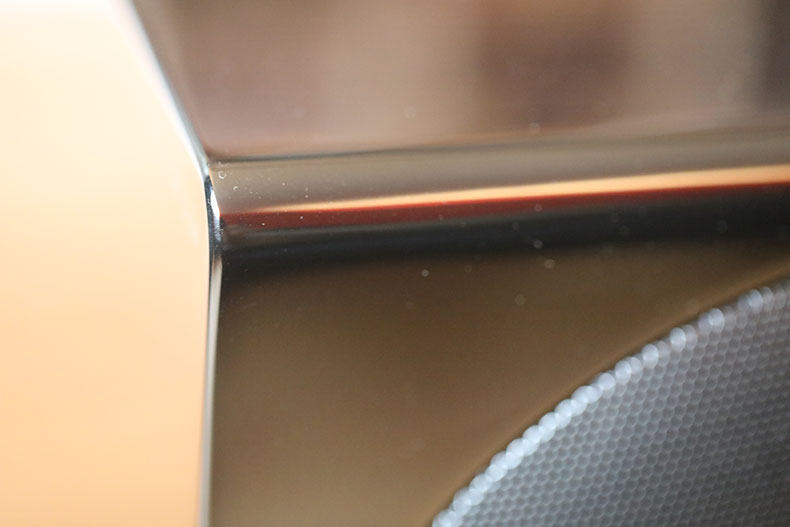
Because, quite simply, it’s one of the best subwoofers ever made. It’s an easy addition to our Editor’s Choice category, which we reserve the products which truly push the envelope. This packs superb sound quality and titanic power into an unbelievably small frame. It will almost immediately add weight and fullness to whatever system you connected to, and if you are interested in subwoofers and bass in general, it’s as close to essential purchases you can get. It’s also ideal for those who live in smaller spaces.
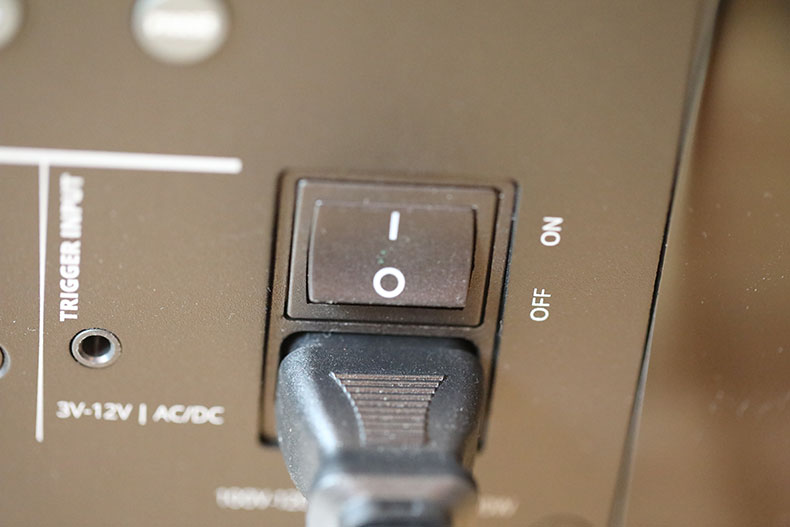
There’s no denying that the 3000 Micro isn’t the cheapest subwoofer available. At $900, it’s a sizeable outlay, especially for those who are just getting started in the world of hi-fi. We investigate a few alternatives in the section below. But really, if price is not going to be an issue, then you absolutely have to pick up this subwoofer. It’s fantastic.
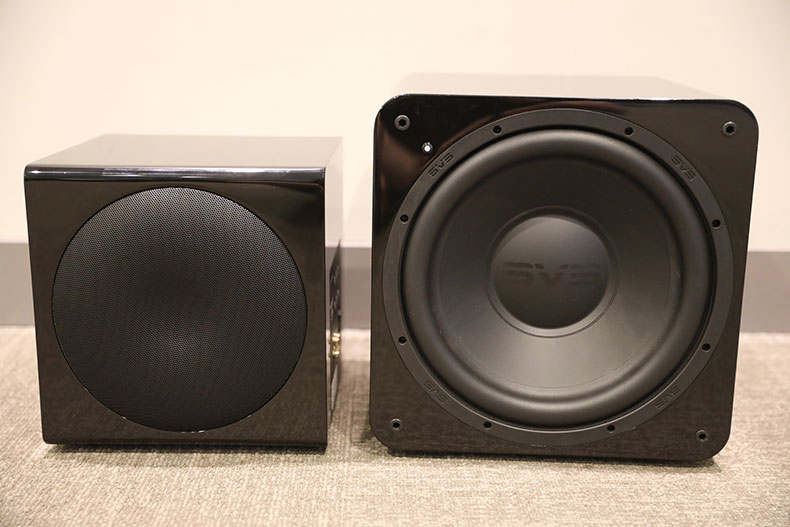
The SVS SB-1000 Pro is the least expensive subwoofer SVS make, and we also think it’s one of the best. It’s a fairly traditional subwoofer, with a front firing driver and 500 watts of RMS power, compared to 800 for the more expensive Micro. Although it is slightly bigger than the Micro, and a little fussier in terms of placement, it’s a good choice for those who don’t want to spend $900 but still want to buy an SVS subwoofer. In our review, we said, “it has some of the best design, controls, and usability that we’ve ever tested, and it sounds absolutely splendid.” That was, however, before we’d heard the 3000 Micro, which we think sounds even better.
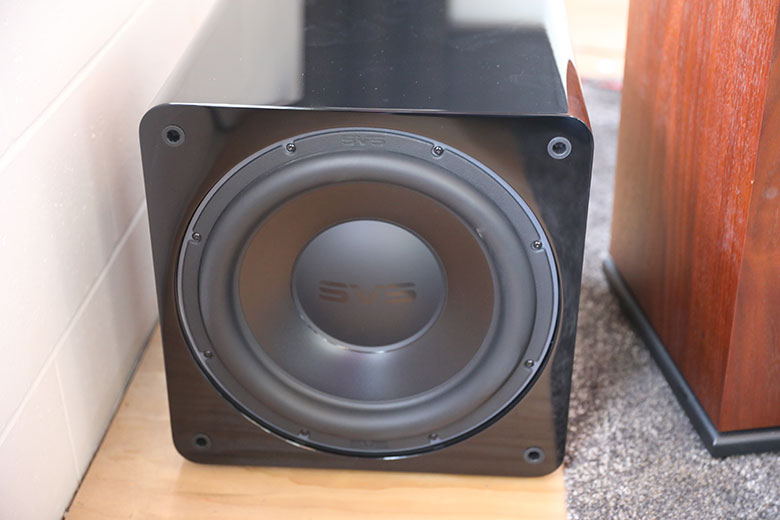
It’s a little hard to know how to compare the 3000 Micro to the SB-3000, because they are so very similar. They offer similar sound quality, and equal RMS (800 watts). The Micro is significantly smaller, as well as around $300 less expensive. But here’s the thing: they came out within months of each other. We reviewed the SB-3000 last year, and at the time, we thought it was the best subwoofer the company had ever produced. The fact that they’ve managed to essentially produce a smaller, cheaper version, without sacrificing sound quality or power at all, is nothing short of outstanding. Yes, the SB-3000 does reach deeper than the Micro, going down to 18Hz instead of the Micro’s 23Hz, but that’s really the only significant change. With that in mind, we can’t recommend that you buy the SB-3000 over the Micro. The newer subwoofer just runs circles around it, and is a much better overall product. Then again, that’s just in comparison to each other. Both subwoofers are excellent.
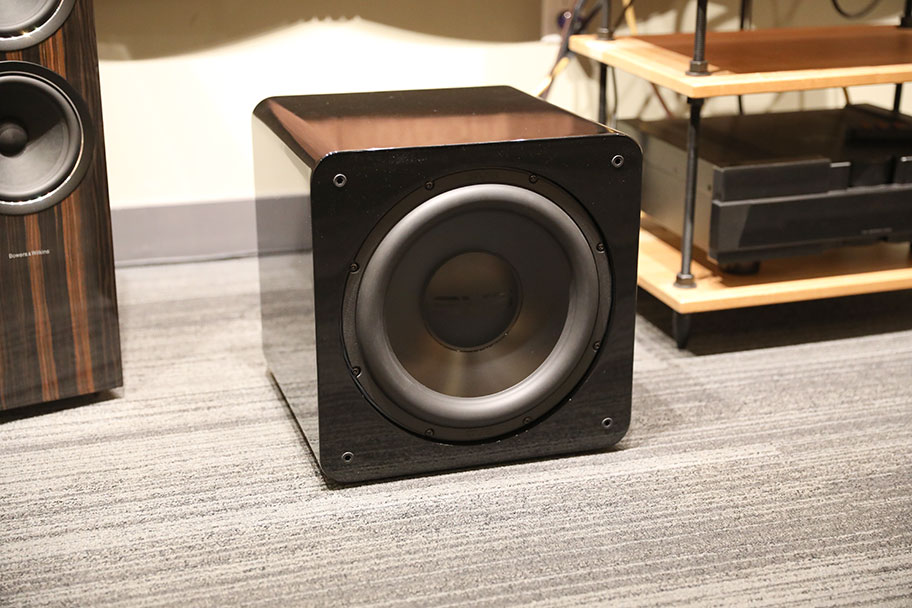
Think of the SVS SB-2000 Pro as being somewhere between the 3000 Micro and the budget SB-1000. It offers 550 watts of RMS power, and goes down to 19Hz, versus 23hz for the Micro. The thing is, it costs exactly the same as the Micro: $900 (or $899.99, if you want to be pedantic). With that in mind, we honestly think the Micro is a better overall option. It’s smaller, more powerful, costs the same, boasts better technology, and just does a better overall job.
This is where things get really interesting. Right now, the KEF KC62 is the biggest competitor to the 3000 Micro. It’s a tiny subwoofer that offers similar levels of punch and power, with 1,000 watts of RMS versus 800 for the Micro. It’s far more technologically advanced, not just in the fact that it’s even smaller than the Micro, but also in the fact that it offers a comprehensive set of room calibration controls, including intelligent presets that dial in ideal characteristics for where you place it in the room. That’s not something the SVS subwoofer can do. However, it’s also nearly double the price, at $1,500. As such, we don’t think it’s quite as good value as the 3000 Micro, although it’s ideal for those with deeper pockets. Both the KC62 and the 3000 Micro landmark products, and we think they are going to be the first of many tiny subwoofers to come.
Consider the REL Acoustics T/5i. REL is often held up as a direct competitor to SVS, and with good reason. They put similar amounts of R&D and thought into their subwoofers, although we have yet to hear one of their models that can best SVS for clarity and drive. That said, the T/5i is an excellent alternative, and is cheaper by about $200 compared to the 3000 Micro. It boasts perhaps a little more detail and clarity, relying on nuance over raw power. It pushes out 125 watts of RMS, which is positively anaemic compared to the powerful 800 watt Micro. This is the subwoofer to go for if you demand detail over energy, but make no mistake: the 3000 Micro is very much superior.
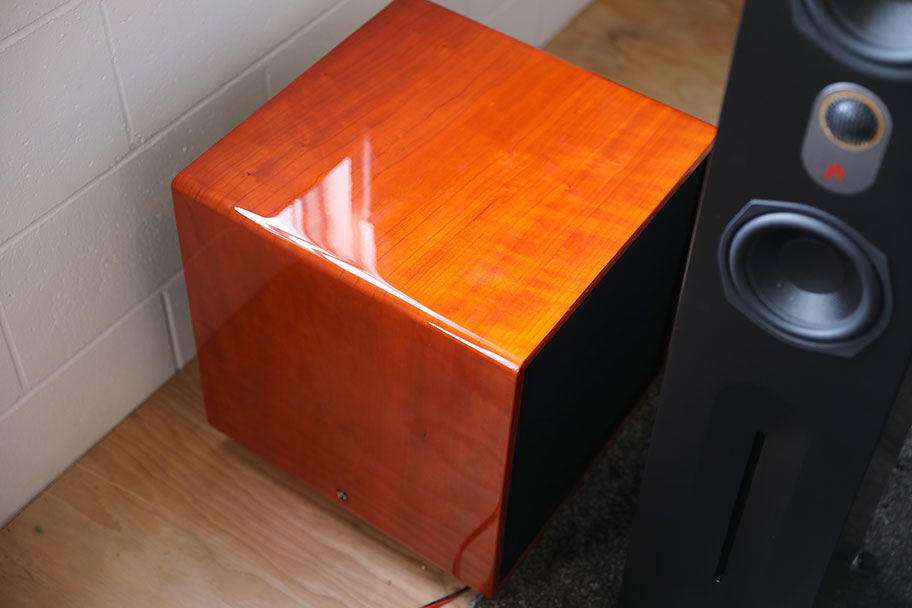
We have a real soft spot for the Aperion Bravus II 12D. It’s not the best subwoofer available by a long shot. It’s expensive—$999— and offers smaller RMS wattage than models like the 3000 Micro. We also don’t think the sound quality is quite as good, with a slightly rough around the edges feel. And yet, it’s still one of our favourite subwoofers available. It looks fantastic, with its burnt orange cabinet, and there’s a warmth and verve to the sound that makes up some of that ragged nature. Think of it as a dark horse candidate here, one that is less friendly than the 3000 Micro, but which still manages to offer a winning set of features. If you have the chance to audition it directly, you should take it. We are really looking forward to the day when Aperion offer a micro subwoofer of their own…
| Subwoofer | Price | RMS* | Driver | Direction | Freq.** | Dimensions |
|---|---|---|---|---|---|---|
| SVS 3000 Micro | $900 | 800 | 2 x 12" | Side-Firing | 23-240Hz | 10.9" x 11.7" x 10.7" |
| SVS SB-2000 Pro | $900 | 550 | 12" | Front-Firing | 19-240Hz | 14.6" x 14.2" x 15.6" |
| SVS SB-1000 Pro | $600 | 325 | 12" | Front-Firing | 20-270Hz | 13.5" x 13" x 13.9" |
| SVS SB-3000 | $1,100 | 800 | 13" | Front-Firing | 18-270Hz | 15.7" x 15.6" x 15.2" |
| KEF KC62 | $1,500 | 1,000 | 2 x 6.5" | Side-Firing | 11-200Hz | 9.7" x 10" x 9.8" |
| REL Acoustics T/5i | $599 | 125 | 8" | Front-Firing | 32-200Hz | 10.5" x 12.5" x 12.7" |
| Aperion Bravus II 12D | $1,199 | 500 | 12" | Down-Firing | 19-350Hz | 17" x 15.5" x 15.5" |
*RMS = RMS Wattage
**Freq. = Frequency Range
Below, you'll find a list of equipment we used in conjunction with the 3000 Micro while doing our listening tests for this review. It's all gear we are familiar with, which helped us evaluate the sub's audio quality. We mixed and matched depending on whether we were listening to music, or movie audio.